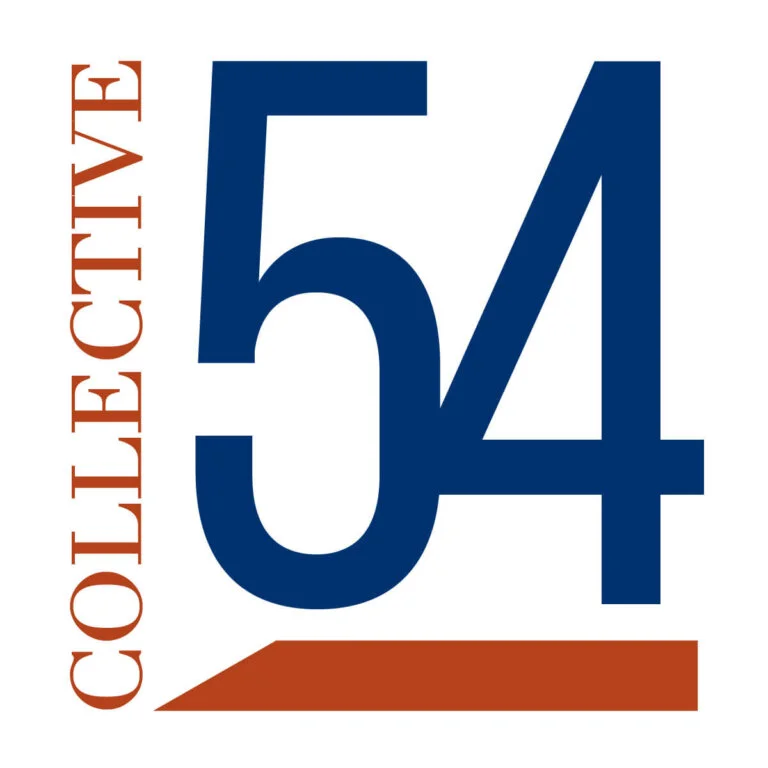|
Getting your Trinity Audio player ready... |
Building a Repeatable System for the Top 5 Lead Sources in Professional Services

Most professional services firms generate 90% of their leads from just five channels, yet surprisingly few have a repeatable system to consistently capture these opportunities.
If your boutique professional services firm struggles with predictable revenue growth, it’s likely because you haven’t fully optimized these critical sales channels.
Unlike traditional advice encouraging the simultaneous pursuit of multiple lead sources, the most successful boutique firms maximize each channel before moving to the next. This approach creates sustainable growth without overtaxing your limited resources.
1. Expansion Opportunities: Your Fastest Path to Revenue
The quickest path to growth comes from clients who already trust you. Before chasing new business, maximize your existing client relationships.
Why prioritize this channel first: Expansion opportunities have the highest conversion rate because your clients already trust you. They typically have the lowest acquisition costs, shortest sales cycles, and highest LTV.
The EXPAND Framework for Client Growth:
- Evaluate current service adoption: Map client service usage against your full-service catalog.
- X-ray client needs: Conduct quarterly reviews focused on uncovering evolving challenges.
- Propose solutions proactively: Develop tailored proposals based on identified needs.
- Align with client objectives: Link additional services directly to their strategic goals.
- Nurture client relationships: Build deeper, trusting relationships.
- Deliver exceptional experiences: Establish a client success program that consistently exceeds expectations.
Implementation Timeline: Fully maximize penetration within your existing client base before progressing to the next channel.
2. Referrals: Your Growth Multiplier
Only after maximizing your client expansion opportunities should you activate your referral engine.
Why referrals come second: Referrals convert 3-4x better than cold leads, but not quite as high as expansions.
Remember the Pareto Principle: Over 80% of referrals typically come from just 20% of your clients, who we call “connectors.”
The REFER Method:
- Reward advocates: Implement a structured referral program with meaningful recognition (not just financial incentives).
- Educate on ideal fits: Clearly communicate who benefits most from your services (your ICP).
- Facilitate introductions: Provide simple email templates and connection scripts (make it easy for others to refer to you).
- Excel at onboarding: Deliver outstanding experiences to referred clients.
- Report back success: Keep referral sources updated on their referral’s progress.
Implementation Focus: Identify your top 20% referral sources and nurture these high-value relationships! A fantastic playbook for this can be found in Collective 54 member David Ackert’s book “The Short List.”
3. Word of Mouth:
With a solid client base and active referral program, amplify your impact through strategic thought leadership.
Prospects might say, “I’ve been following your content for a long time, it’s very applicable,” or “I read your book, which sounds exactly like my journey.”
Why this channel follows referrals: Consistent, valuable content establishes your authority but typically requires more effort and yields lower close rates compared to expansions and referrals.
Thought Leadership Authority Builders:
- Consistent content: Blogs, podcasts, and videos addressing pain points. For us, this is Collective 54 Insights.
- LinkedIn content: Regularly share insights to increase your visibility and thought leadership. This has quickly become a top source of leads for us at Collective 54, especially after the coaching and training from Justin Nassiri with Executive Presence.
- Books: Collective 54’s book “The Boutique” has become a top lead generator by directly addressing challenges faced by founders of boutique professional services firms.
Implementation Strategy: Create an ecosystem of audio, video, and written content to educate prospects before initial contact and/or keep your firm top of mind.
4. Paid Advertising:
After establishing authority content, use paid advertising to reach prospects actively searching for solutions.
Why this channel follows thought leadership: Paid ads can be expensive and require a lot of testing and maintenance. One way to make a bigger impact here is to take the successful “free” content from above, and distribute this proven content to a broader audience.
Targeted Strategies:
- LinkedIn ads targeting specific roles and companies
- SEO optimization around high-intent service keywords
- YouTube ads to build awareness
- ChatGPT + AI search results
Implementation Focus: Develop targeted ad campaigns reaching prospects exactly when they’re looking for solutions to problems you solve.
5. Cold Outbound:
Only after establishing the previous four channels should cold outreach become your focus.
Why this channel comes last: Cold outreach is resource-intensive, costly, and typically has the lowest conversion rates.
Multi-Channel Outbound Approach:
- Personalize outreach with specific prospect research
- Time outreach around relevant events or market changes
- Use coordinated email, phone, and LinkedIn messaging
- Prioritize delivering value over immediate pitching or “spray and pray”
Implementation Strategy: Quality, personalized outreach always beats generic messaging.
Overall, the secret to predictable revenue growth lies in optimizing these five critical sales channels. By sequentially prioritizing client expansion, referrals, word of mouth, paid advertising, and cold outreach, boutique professional services firms can build a repeatable and scalable lead-generation engine.
Want to dive deeper into strategies for growing your firm? Check out “The Boutique” for comprehensive insights on how to Start, Scale, and Sell a professional services firm.
